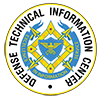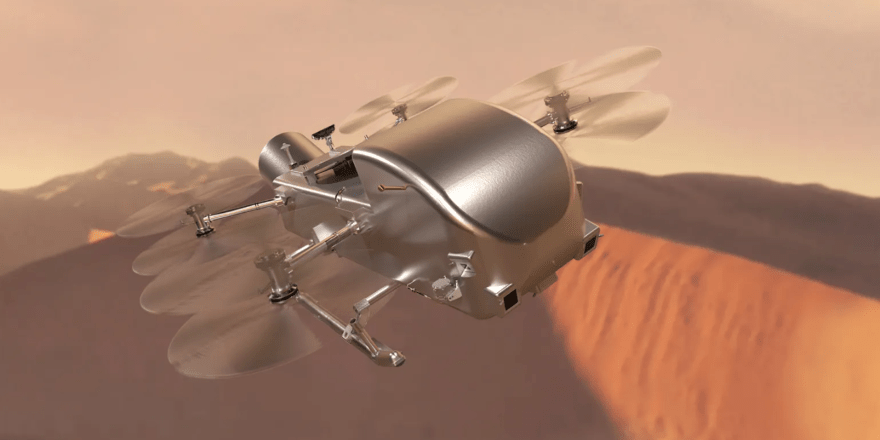NASA’s Dragonfly, the first rotorcraft designed for scientific exploration on another ocean world, has passed its Critical Design Review. Led by the Johns Hopkins Applied Physics Laboratory (APL) in Laurel, Maryland, the mission to Saturn’s icy moon Titan will investigate prebiotic chemical processes and complex organic compounds that, on Earth, are the building blocks of life.
Passing this milestone means that Dragonfly’s design is mature and can enter full-scale fabrication, integration and testing and that the team can turn its attention to the construction of the spacecraft.


